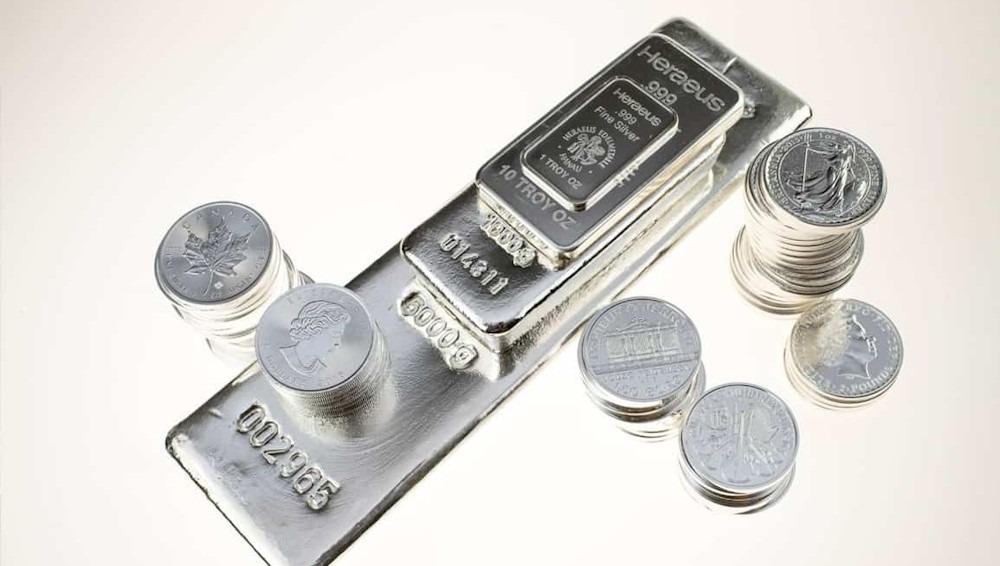
Silver prices declined by -1.43% to close at 126,984, pulling back from record highs as investors took profits in anticipation of the U.S. Federal Reserve’s policy decision. The Federal Reserve implemented a 25 basis points reduction in the federal funds rate, bringing it down to a range of 4.00% to 4.25%. This marks the first adjustment since December, with indications of an additional easing of 50 basis points anticipated before the end of the year.
U.S. housing data exerted additional pressure, as starts declined by 8.5% month-over-month in August, reaching a pace of 1.307 million units, significantly underperforming expectations. In the current landscape, there is a notable divergence in policy among global central banks, as China is anticipated to implement further easing measures, whereas Japan and the UK maintain their existing stances. Notwithstanding the recent pullback, robust industrial demand from the solar, electric vehicle, and electronics sectors continues to serve as a fundamental pillar of support, in conjunction with limited supply.
The Silver Institute forecasts a 21% reduction in the global deficit, bringing it down to 117.6 Moz by 2025, which is attributed to a 1% decline in demand alongside a 2% increase in supply. Industrial demand is projected to remain stable following a record 680.5 Moz in 2024, whereas demand for jewelry and silverware is anticipated to decline. Investment trends indicate a notable resilience, as global silver ETP holdings are projected to reach 1.13 billion ounces by mid-2025, marking their peak since early 2021, bolstered by net inflows of 95 million ounces in the first half of the year.
From other perspective, silver is experiencing long liquidation, evidenced by a 2.64% decrease in open interest to 17,752, coinciding with a price drop of 1,836 rupees. Support is established at 125,640, beneath which 124,290 may be examined, while resistance is identified at 128,000, with the possibility of progressing toward 129,010 upon a breakout.
